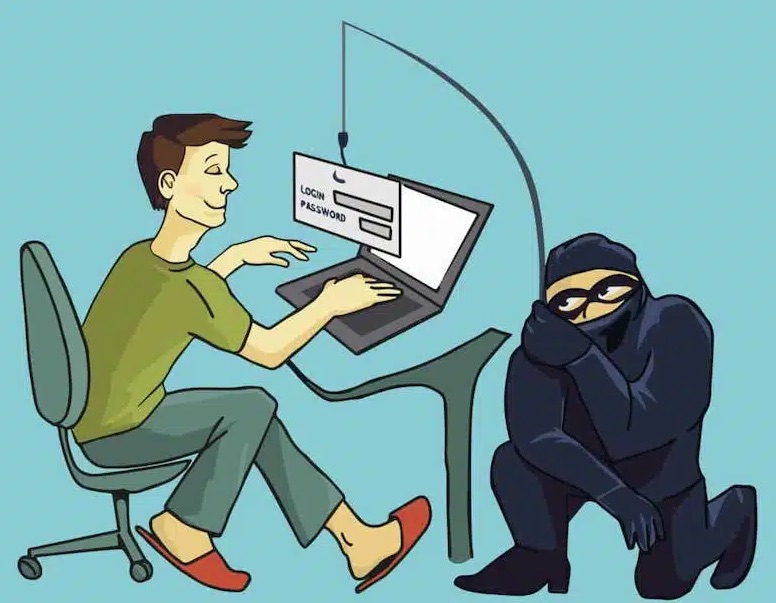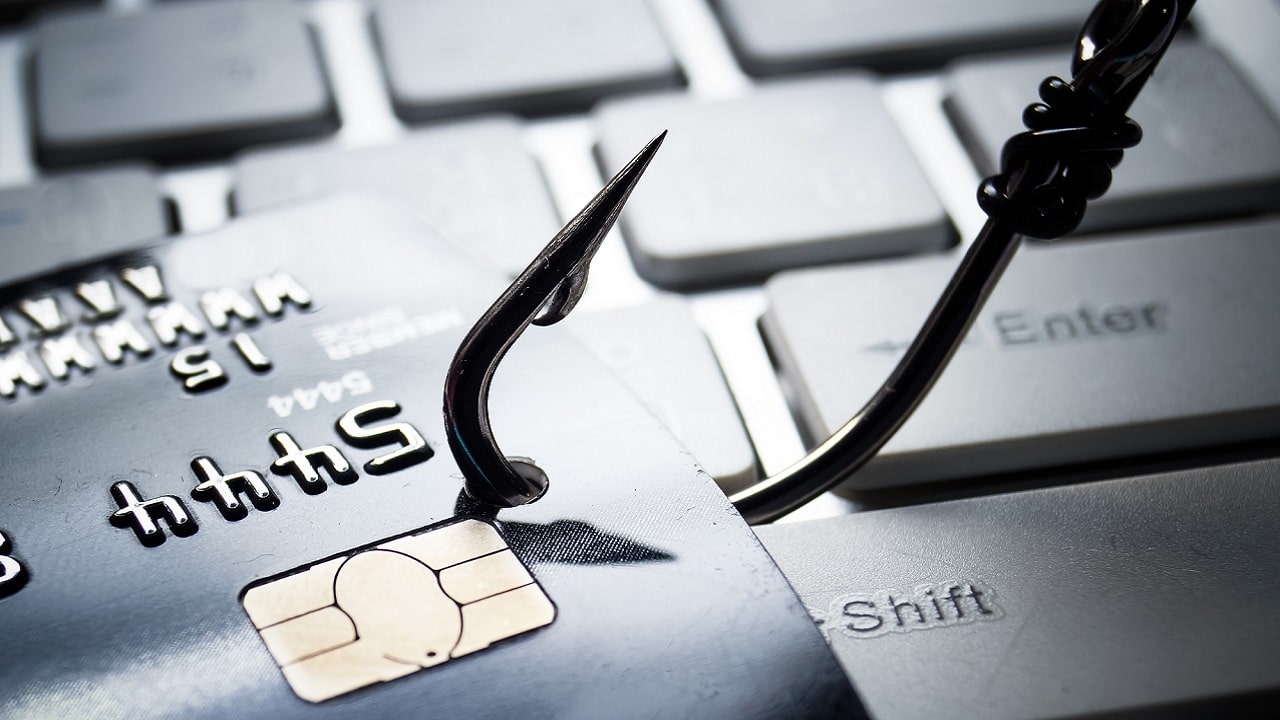Black Friday is approaching, and we are ready to embark on shopping sprees, most of which will be for products we wouldn’t know what to do with.
Jokes aside, there is a grain of truth in these words: Friday 24 November, and those surrounding it (many discounts have already started, and others will continue beyond Cyber Monday), also leverage our more childish side. AND beyond truly tempting offers, which give the opportunity to purchase small and large products at certainly advantageous prices, we risk relying on instinct and… making a few clicks too many, or too hastily.
This can first of all lead us to make unnecessary purchases. Or to consider unmissable discounts that we would have found identical in other periods of the year. But, an even more serious risk, it can lead us to fall for one of the scams, which multiply dramatically during Black Friday.

Black Friday and scams
Every year, punctually, reports arrive that tell us that in conjunction with days of large online purchases, scammers are there, quick, waiting, and the risk of fraud and scams grows.
To give a very current example, according to the Ermes Browser Security company, scams related to Black Friday 2023 will increase by 400%.
Hackers will prepare frauds and phishing attempts, thanks also to the fact that through AI it will be easier to create deceptive sites with a more credible aesthetic.
Hermes confirms our thesis, saying that cyber attacks on days like Black Friday are more effective not only because the number of online purchases increases significantly, but also because the scams leverage “the desire and lack of attention paid to online browsing”. This is because “users are more susceptible to messages promising offers and discounts or reporting an oncoming shipment”.
But how can you protect yourself from scams and have a carefree Black Friday?
The reliability of the sites
Black Friday involves all companies, the most well-known global e-commerce sites such as local shops that have their own online shop.
The first attention should be paid to the site on which we are looking for products of interest to us. If it is a well-known site (because we have been frequenting it for a long time, or because it is in the public domain) we should be safe.
Conversely, we pay attention to the URL (which must start with “https” and have a padlock icon on the left), and then also to the aesthetics of the site. If the layout appears botched, we identify grammatical errors and there are no references to contacts, headquarters or VAT number, we stay away.
Il phishing
Be careful of the emails (and messages) we receive, which may contain phishing and mishing attempts respectively.
The risk is to land on fraudulent sites and, in the worst case scenario, provide personal data, including credit card data.
Here too: pay attention to the sender’s syntax (which sometimes differs from that of the authentic site by only one letter), and to the graphic and grammatical credibility of the communication. Never click on links you are not sure about, and do not open attachments. This is especially true for text messages, which often come from seemingly trustworthy senders.
We remind you, in general, that serious companies send simple and transparent communications. And the offers they talk about can be immediately verified on the relevant site.
Advantageous offers. Too much
Many of the scams related to Black Friday hide behind amazing offers, with discounts that make us jump in our seats.
A product with a 90% discount, especially if flaunted by a site you’ve never heard of before, must leave more than one doubt. We check through a search engine what percentage of discount reliable sites apply to the same product, and we draw the necessary conclusions.
General advice
To avoid Black Friday scams, the usual (but never to be underestimated) suggestions on safe browsing and protecting your data are also valid.
Let’s look at passwords first. Avoiding using just one for multiple sites, modifying it periodically, creating it of a certain complexity or relying on automatic password generators. We then use multi-factor authentication when possible.
Let’s get a good quality antivirus and keep it updated.
Finally, to avoid unpleasant surprises, we make purchases with a prepaid card or rely on PayPal, which reimburses us in the event of fraud.















Leave a Reply
View Comments